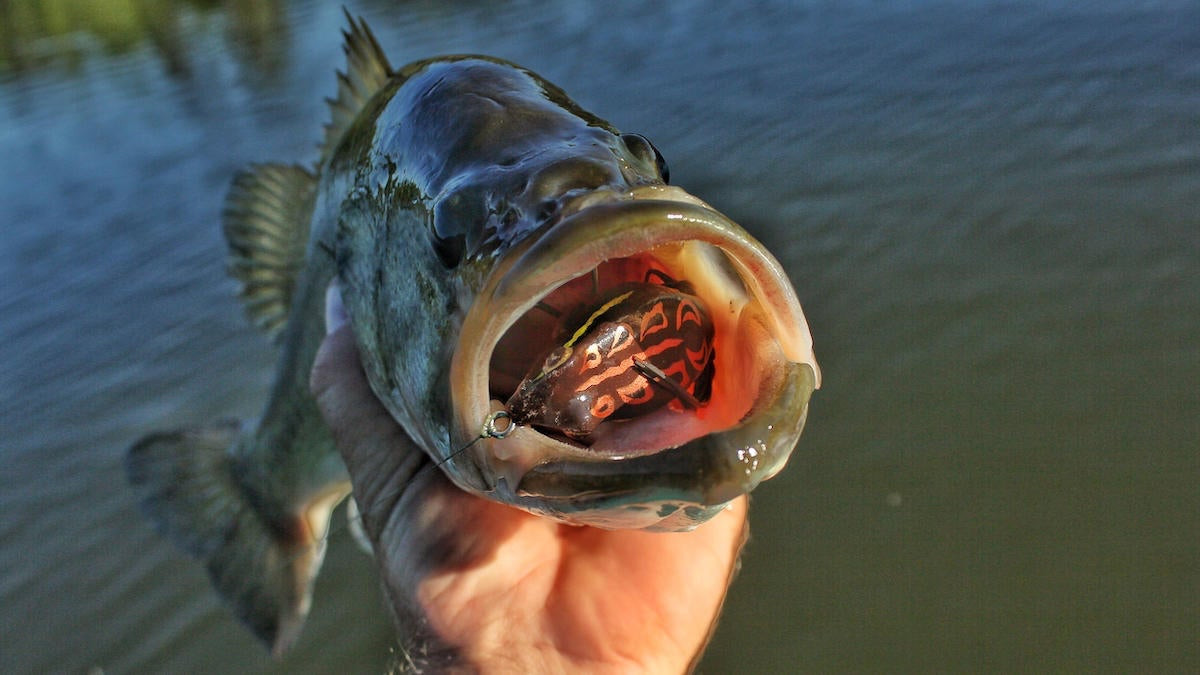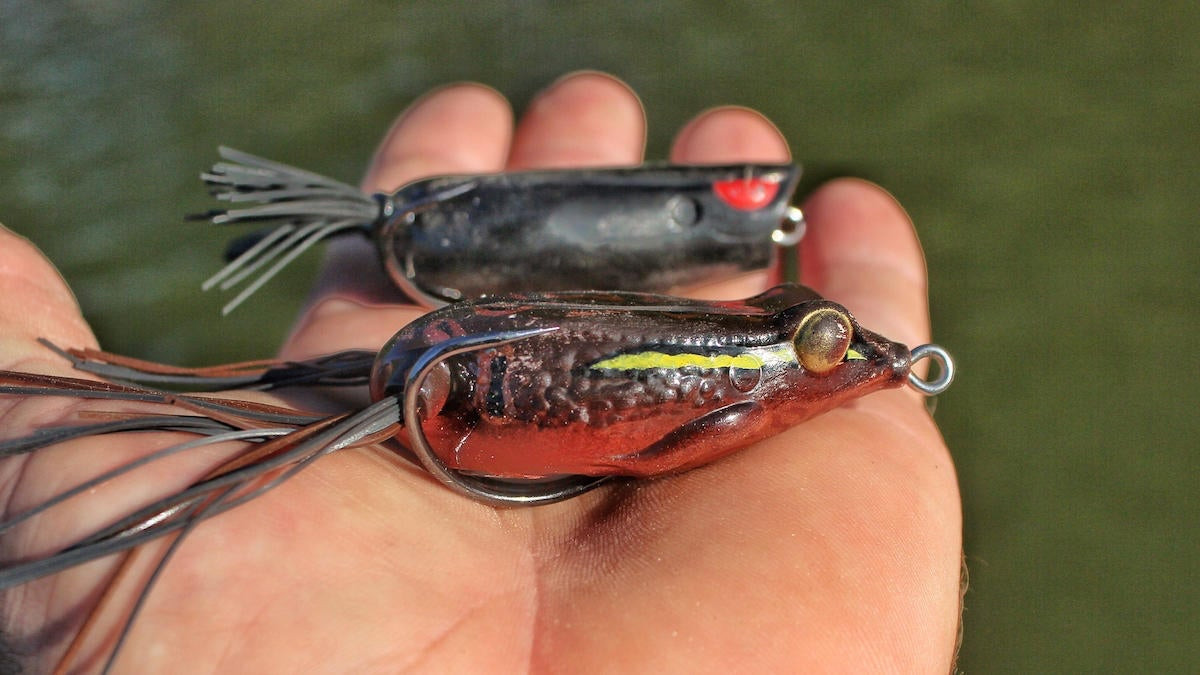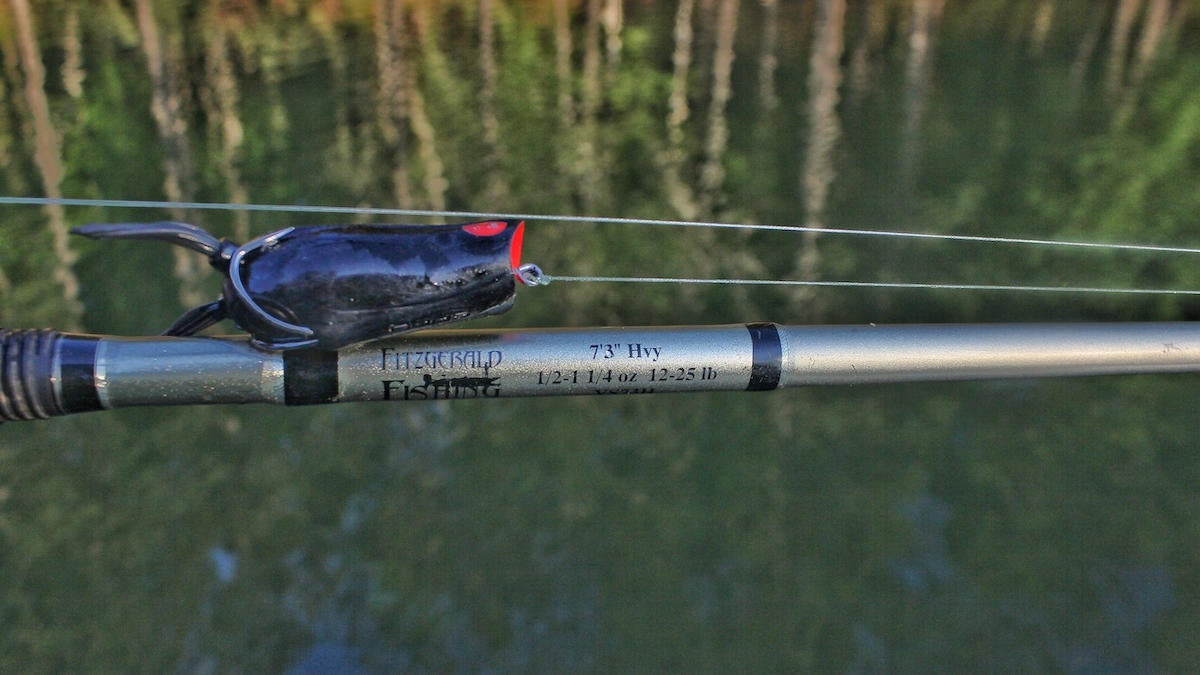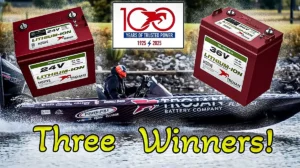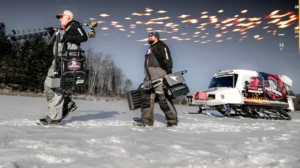This won’t be your typical bass fishing frog piece. This will be a deep dive into the inner workings of a quite strange and magical, albeit confusing, place at times.
My brain.
I absolutely love to throw a frog for bass. The only problem is that I can’t throw two at a time, so I’m constantly faced with deciding which one to use. In each and every situation I constantly have to ask myself whether I should throw a popping frog or a walking frog.
Then my brain has to compute a couple dozen factors during this decision-making process. It’s not because both won’t catch fish or even that both won’t catch the majority of the same fish. But it’s because one or the other is typically a slight bit more effective on any given day. There are days where I could probably get six bites on a popping frog but maybe seven or eight bites on a walking frog.
So let’s look at when, where and why I choose one over the other through the first half of the year.
Early spring
I always start off the year with a walking frog or a pointed-nose frog as some people call it; it’s a good bit more subtle than a popping frog. While the water temps are still a little chilly, I like to stick with the more docile walking frog. This is one of those times where I think the number of bites you can get on a frog greatly increase by choosing one over the other.
That being said, that increase numbers-wise may not be all that great. Early in the spring when the water temperatures are still in the 50s, if I choose to mix a hollow body frog into what I’m doing, I may only get two bites on it. But I can almost guarantee if I can get two bites on a walking frog, I could have expected one or even zero on a popping frog. Worse yet, a good fish or two may have only rolled on a popping frog.
The walking frog is just better in those colder water temperatures. It has a more subtle action and though I can work a popping frog virtually in place too, you have the ability with a walking frog to twitch it side to side with minimal surface disturbance and keep it right in a fish’s face for a long time. That makes this bait extremely effective when the fish are still a little lethargic in those colder waters. But even as the waters start to warm and the fish begin to spawn, I’ll still stick with a walking frog over a popping one all the way up until they start to come off the bed.
A walking frog just does better while the fish are in this more hesitant phase. For instance, compare a floating worm to a buzzbait. It’s a more drastic contrast but a good example nonetheless. While the fish are up cruising and trying to spawn, a buzzbait may catch a few but the more subtle floating worm will normally catch several more. The same holds true for the walking frog versus a popping frog for me, so that’s what I go with.
Now it’s tough to choose
Here comes the trickiest part: those few weeks in the middle when fish are in several stages, the water and air temperatures are unstable and the water clarity is all over the place due to intermittent rainfall. That’s when it’s not as clear cut for me which to throw, so I often have both rigged and ready. Then it comes down to a decision for each cast.
I like to still lean towards the walking frog whenever I find myself in this time frame and on the heels of a cool night or two. The water temperatures can drop five or six degrees this time of year and really hinder any kind of topwater bite. On the flip side, however, as the waters start to warm back up it may only take a degree or two change for their jaws to unlock for a surface-level offering.
So I’d say I really like to lean towards a walking frog in this transitional period unless I find myself in a situation where the water is warming and getting a little muddy. The walking frog again makes less of a commotion which is good when the fish are lethargic, but not as effective when they’re starting to be more aggressive and having to combat low-visibility situations. That’s when I would lean towards the popping frog in this transitional time; when the bass need that little bit of an extra indicator for them to be able to track the bait down.
Still though even on those days, I may start off with a walking frog early in the morning and then transition to a popping frog later in the day. I also may throw a popping frog in a muddy creek and then choose to throw a walking one 15 minutes later in a clear pocket out on the main lake.
Popping from here on out
There comes a time each spring when I basically turn to a popping frog the rest of the way through the spring and into the summer. Once the water stabilizes above 70 degrees, I like to start leaning heavily in a popping frog’s direction. The fish are almost all off bed by then, they’re somewhat aggressive and in dire need of a big meal to help recoup from the spawning process.
It’s times like these when a popping frog works so well in something like a lily pad field, for example. It has the drawing power to pull a fish to it from 15 to 20 feet away and the ability to stall out between pops so the fish has time to zero-in and annihilate it. There are few sweeter things you can experience on the water than a 6-pounder throwing a 3-inch wake as it bangs its way through pad stems on a crash course with a little chunk of hollowed out plastic on the end of your line. For there’s a sweet, sweet moment of madness that follows.
Once the fish get this aggressive, I rarely fall back to a walking frog. Even if some of the fish aren’t committing to a popping frog all the way on the initial bite, I still find it’s better to stick with a popping frog over a walking frog and just have a follow-up bait rigged up to go back in after the fish. What’s usually the case in these situations this time of year is that the bass that swirled on my frog is guarding fry. So it wouldn’t have likely eaten a walking frog either, but instead swatted at it defensively the same way it did the popping frog.
A popping frog simply allows you to cover more water. I’ll often still fish it a little slow, but it draws fish in better. So that means that each cast doesn’t have to be as close to the last. You can spread your offering out a little more and cover water a little faster that way. Of course as the bass spawn winds down, you have the shad and bream or bluegill spawns happening and there’s just so many things about that time of year that scream popping frog to me. I’ll still fall back to a walking frog at times, only if the cover is so thick that it absolutely demands it, but 95 percent of the time as the spawn winds down I’m picking up the popping frog.
As the summer gets ramped up, I’ll keep the popping frog in hand and start perusing the backs of pockets looking for those bluegill that are trying to spawn and will continue to do so throughout the summer. Then another golden opportunity for the popping frog comes along for some of us each year as the mayflies start to hatch; I haven’t found a better bait on the planet for that situation. Sure, you could catch some and probably several of the same fish on a walking frog, but again it all comes down to which is the most effective at getting the most bites. That’s the whole name of the game with the popping versus walking dilemma.
The gear I use
I’d be remiss to end this piece without at least mentioning the frogs I use. When it comes to a popping frog, the SPRO Bronzeye Poppin’ Frog 60 is my go to for sure. I like to trim the legs down a good bit and then open the hooks up a little so they’re pointed up slightly and not running parallel with the back the way they come.
Then for the walking frog, I’m a really big fan of the Strike King KVD Sexy Frog. This frog is the best I’ve ever personally used for skipping. Its belly is a little flatter and more rounded than some of the other frogs, which have more of a V-shape to them. Though this V-shaped hull is helpful for some anglers to be able to walk a frog a little better right out of the gate, it can catch on the water’s surface as you try to skip it and dig in or make the bait deflect and skip off to one side on the skip. The slightly duller hull of the Sexy Frog helps that bait skip like a champ, which is really important to me. Again, I like to bend the hooks up a hair and trim the legs.
The rest of the gear I use is the same for both frogs. I like a 7-foot, 3-inch heavy-action Fitzgerald Fishing Vursa Series rod paired with 40-pound test Sufix 832 Braided Line and a Lew’s Super Duty LFS Speed Spool in a 7.5:1 gear ratio. The rod may seem like a little bit of an overkill to some of you but it has a softer tip than one would expect and a whole lot of backbone. It’s the perfect rod for me to allow little side-armed roll casts and still have enough power to haul a big bass out of nearly everything.
In conclusion, those are many of the deciding factors for me when it comes to when, where and how I choose between two of my all-time favorite baits. It’s not a perfect science but the good news is, if you choose the wrong one, you’re still probably going to get bit. In time, you’ll continue to sharpen your discernment and just develop a feel for it. It will only lead to more and more fish catches and likely some really big and memorable ones.


